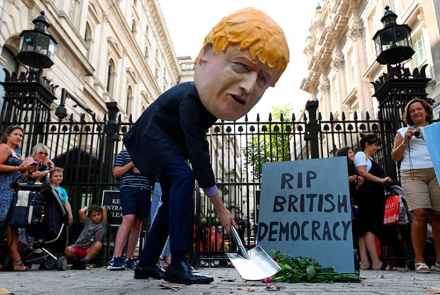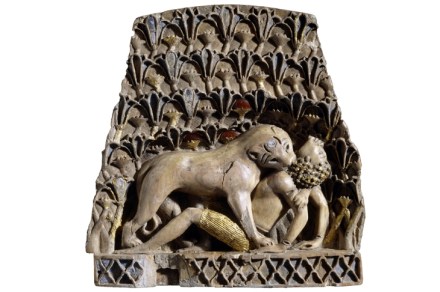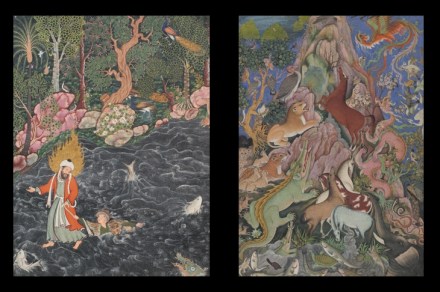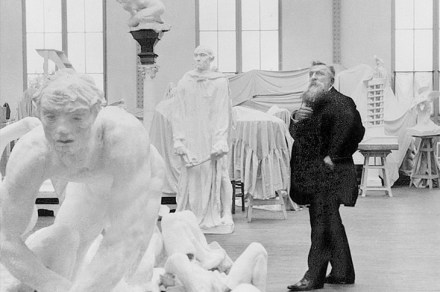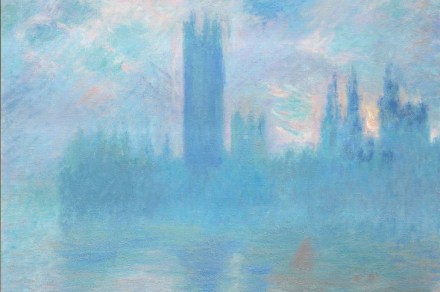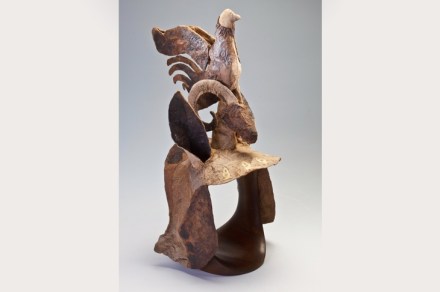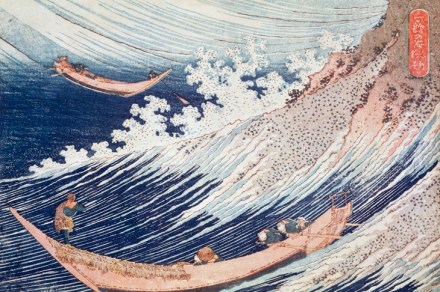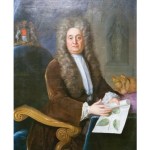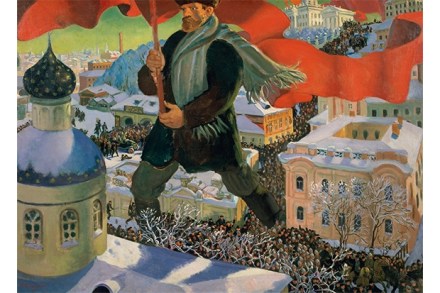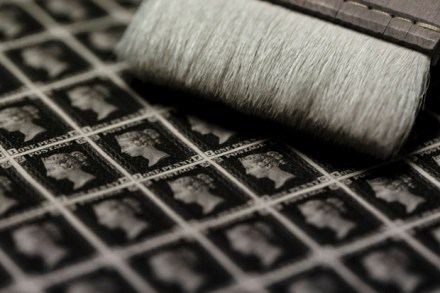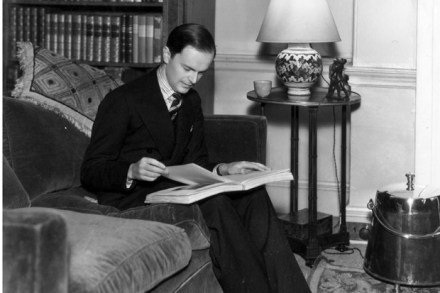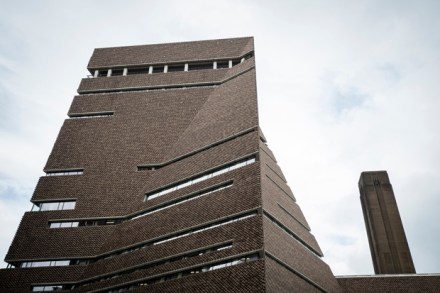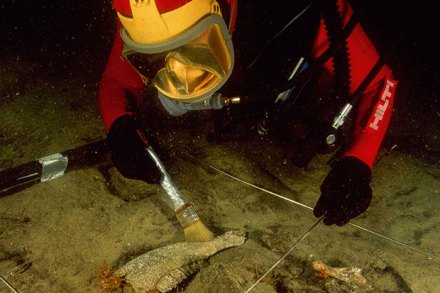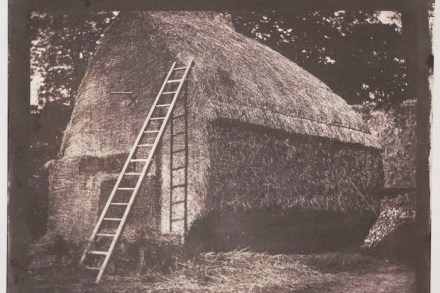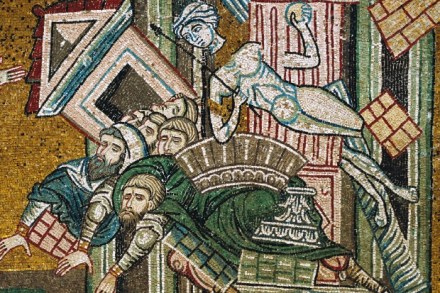Tat Britain: Museum gift shops are naff – but necessary
Exit through the gift shop. Pick up a postcard, a magnet, a novelty eggcup in the shape of Queen Elizabeth I. Treat yourself to a replica Rosetta Stone, a Babylonian bookend, a build-your-own Leonardo trebuchet. Tuck your little one up at night with a cuddly Anubis the dog. Nicholas Coleridge, chairman of the Victoria & Albert Museum, has put the tat among the pigeons by telling the Cheltenham Literature Festival that the V&A shop is more successful than the BM’s. ‘The British Museum shop,’ said Coleridge at an event to promote his memoir The Glossy Years (available in all good gift shops), ‘increasingly sells teddy bears wearing police helmets, while


